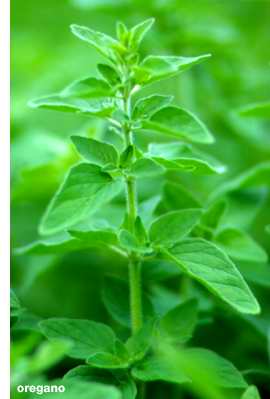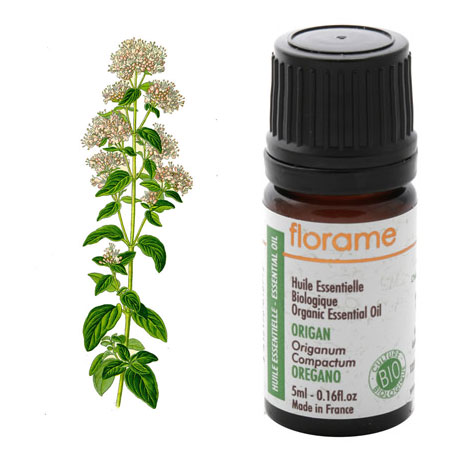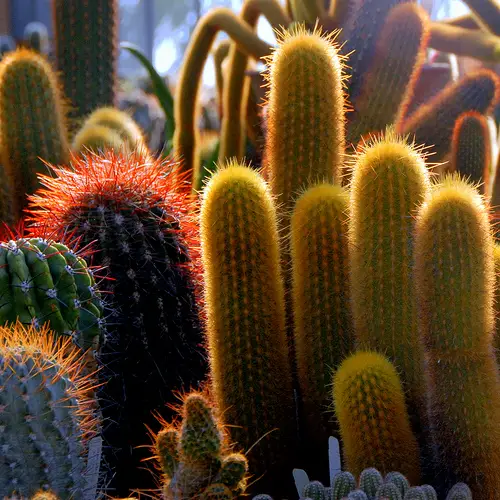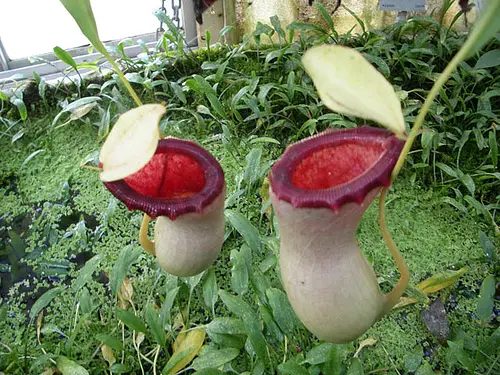Oregano
Oregano was scientifically named Origanum vulgare by Carolus Linnaeus and is part of the mint family. It is a perennial herb which is native to warm temperate environments in Eurasia and the Mediterranean region.
Oregano can grow between 20 to 80 cm tall, and have opposite leaves that are about 1 to 4 cm long. They have purple flowers which are about 3 to 4 mm long, and are found in erect spikes. They are also sometimes known as Wild Marjoram.
As it is a popular herb, there are many strains and sub-species of oregano that have been developed by humans for their characteristics and unique flavour. Some oregano taste spicy while some taste sweet. However, the oregano that is usually sold as garden stores or under “Origanum vulgare” taste bland and have larger but less dense leaves. This is not used for culinary purposes.
The subspecies that are well known are:
Origanum vulgare gracile – from Khirgizstan, is used for ornamental value and grows well in pots or containers. Is pungent and spicy.
Origanum vulgare hirtum – Also known as Italian or Greek Oregano. Is hardy and is the best to use in food out of all the oregano subspecies.
Origanum vulgare onites – Turkish or Cretan Oregano which can grow up to 18 inches tall, and has an intensely strong spicy flavour.
Origanum vulgare syriacum – also known as Syrian or Lebanese Oregano and has a taste similar to Origanum vulgare hirtum.
Oregano is an important herb added to food in many cuisines, including Italian, Latin American, Spanish, Greek, Portuguese, Syrian, Lebanese, Palestinian, and Turkish. Only the leaves are used in cooking, and it is best used dried rather than fresh as that is when the flavours come out.
Oregano is well-known to be used in tomato sauces, grilled meat, and fried vegetables. In addition with basil, it contributes to the distinctive flavour and characteristics of many Italian dishes. In the southern Philippines, local chefs use oregano to elimiate the smell of carabao meat as well as to add a nice and spicy flavour to it. It was introduced into the United States as the “pizza herb”. This was due to American Soldiers on duty in World War II who were stationed in Italy. They fell in love with this herb on pizza so much, that they took it home.
It has a warm and slightly bitter taste, with a wonderful aroma. However, this varies in intensity but good quality oregano is actually so strong that the taste numbs the tongue. The cultivars that have adapted to colder climates usually have an unsatisfactory flavour due to climate, seasons, and soil composition.
Oregano has also been found to be very good for health use. They are high in antioxidants as there are a high number of flavonoids and phenolic acides. In addition, there are anti-microbial properties against food-born pathogens such as Listeria. Its aqueous extracts in capsules or oils are good for colds, flus, mild fevers, indigestion, fungal infections, and even painful menstruation. However, it is also a strong sedative and should only be taken in small doses. It is also useful in other areas of medicine not mentioned here, and therefore is considered a ‘super herb’.




